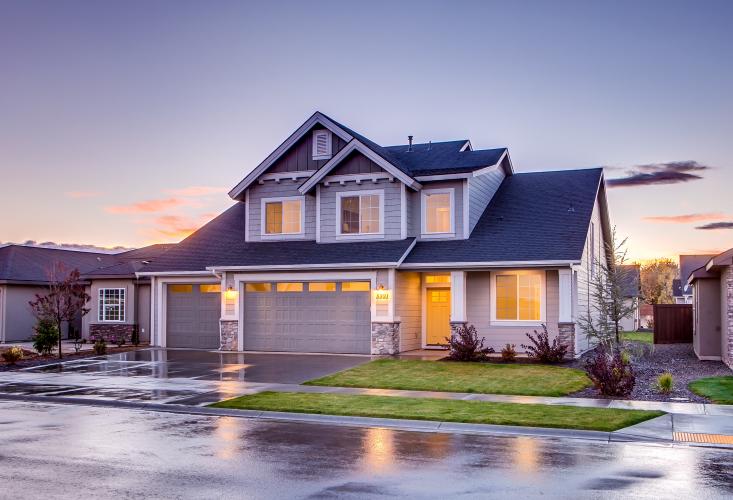0818 Work Insights
Your go-to source for the latest work trends, tips, and advice.
Home Sweet Efficient Home: Where Comfort Meets Conservation
Discover how to transform your space into a comfortable and energy-efficient haven. Join us on the journey to sustainable living today!
10 Simple Steps to Create an Energy-Efficient Home
Creating an energy-efficient home can lead to significant savings on utility bills and a reduced carbon footprint. Here are 10 simple steps to transform your home into a more sustainable living space:
- Conduct an energy audit to identify areas of improvement.
- Upgrade to energy-efficient appliances that have the ENERGY STAR label.
- Enhance insulation in your walls, attic, and floors to minimize heat loss.
- Seal windows and doors with weather stripping or caulk to prevent drafts.
- Install programmable thermostats to optimize heating and cooling.
- Switch to LED lighting, which uses up to 80% less energy than traditional bulbs.
- Utilize power strips to eliminate phantom loads from electronics.
- Consider renewable energy sources, such as solar panels, to reduce dependence on fossil fuels.
- Embrace water-saving fixtures like low-flow showerheads and faucets.
- Maintain your heating and cooling systems with regular servicing to ensure they run efficiently.
Implementing these 10 simple steps can make a significant impact on your energy consumption. For further guidance on how to enhance your home’s efficiency, check out resources from the U.S. Department of Energy or Natural Resources Defense Council. By taking these actions, not only will you save on energy costs, but you’ll also contribute to a healthier planet for future generations.

The Benefits of Smart Home Technology for Energy Conservation
One of the most significant benefits of smart home technology is its ability to enhance energy conservation. By automating the management of household appliances, smart home devices help to reduce energy consumption significantly. For instance, smart thermostats can learn your daily routines and adjust heating and cooling schedules accordingly, ensuring that energy is not wasted when you are away from home. According to a study by the U.S. Department of Energy, homeowners can save an average of 10-12% on heating and cooling costs by utilizing these devices.
Another considerable advantage is the integration of smart lighting systems which can be controlled remotely and programmed to turn off when not needed. These systems often leverage energy-efficient LEDs that consume less power. Additionally, with smart plugs and switches, you can monitor energy usage in real-time and identify which devices consume the most power. This level of insight allows homeowners to make informed decisions about their energy consumption, contributing to both financial savings and a reduced carbon footprint.
How to Balance Comfort and Sustainability in Your Living Space
Creating a living space that is both comfortable and sustainable involves thoughtful planning and the right choices. Start by selecting eco-friendly materials for your furniture and décor. Consider options like reclaimed wood, bamboo, and organic fabrics, which not only reduce environmental impact but also add a unique charm to your home. Additionally, integrating energy-efficient appliances can significantly lower your carbon footprint while enhancing your comfort. Investing in high-quality pieces that last longer also promotes a sustainable lifestyle by minimizing waste.
To achieve a harmonious balance, it's essential to incorporate elements that promote both comfort and sustainability in your living space. Begin by optimizing natural lighting to create a warm and inviting atmosphere while decreasing reliance on artificial light. Consider using solar shades or curtains made from recycled materials to maintain this balance. Sustainable interior design tips can guide you in layering textures and colors that not only feel good but also resonate with eco-conscious choices. Ultimately, the goal is to foster a living environment that embodies personal comfort while honoring the planet.